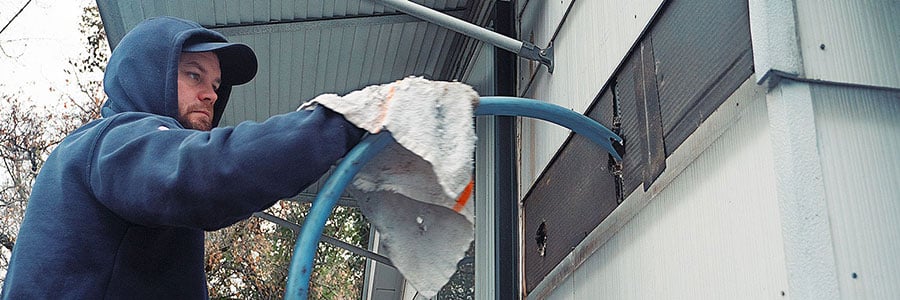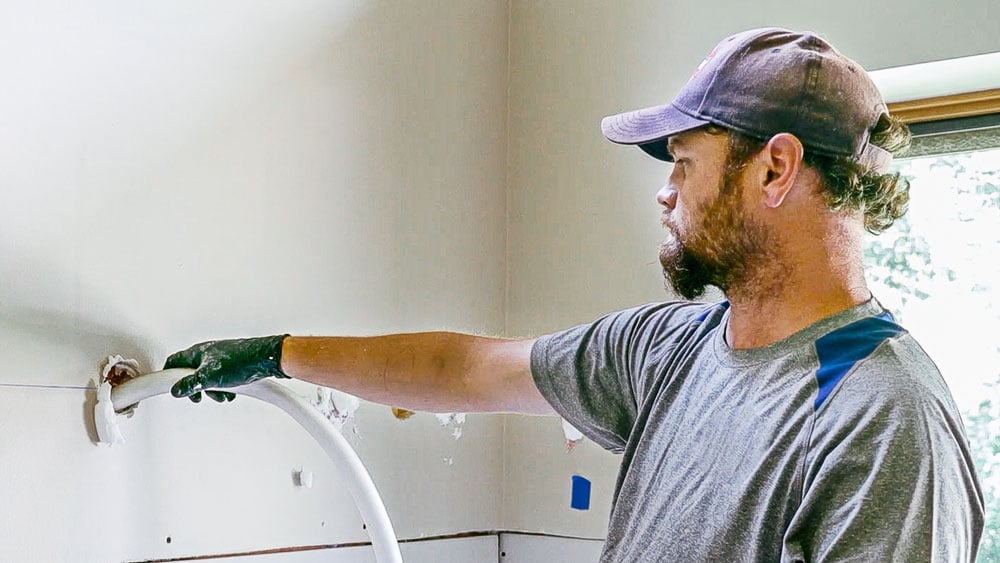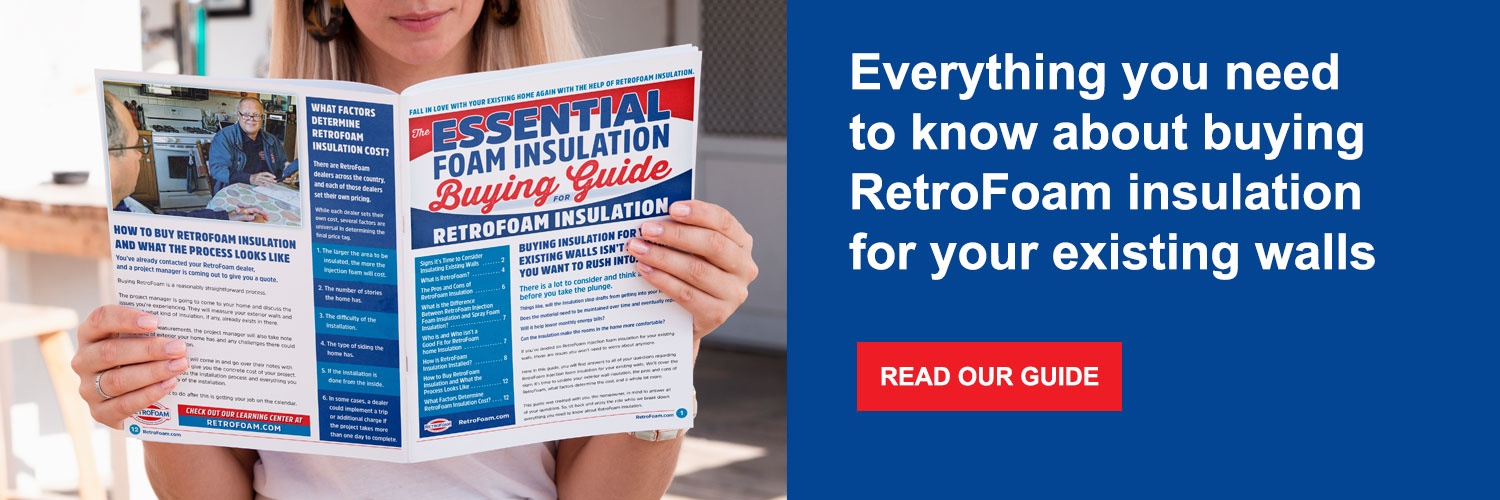How to Insulate an Old House with RetroFoam without Damaging the Aesthetic


You love everything about your old house, except how uncomfortable it gets when the seasons change or how much it’s costing you in energy bills.
It’s not that uncommon to find that these beautiful old houses don’t have any insulation in the walls at all. Or if there is insulation in the exterior walls it has shifted, settled, and sagged over time.
Whether you want your older house to be more comfortable or energy-efficient, RetroFoam insulation can help.
RetroFoam has dealers across the country that can help you with your exterior wall insulation needs.
Now, let’s jump right into how you can update your exterior wall insulation in your old home with RetroFoam.
How to Insulate Walls in an Old House with RetroFoam
When insulating an old house, it’s important to seal up any areas where air can leak into and out of the home.
If you’re dealing with a lot of drafts coming from your walls, the best insulation option is a material that creates an air seal. That’s where RetroFoam injection foam insulation shines, as it creates an air barrier that will stop those drafts in their tracks.
Traditional insulation, like fiberglass and cellulose, both still allow for air movement. This means the air you’re paying to heat or cool can leak out and the outside air can get it. The main reason your older home isn’t energy efficient or comfortable is because of this air movement.
There can be some added complications when insulating old house walls, but those aren’t anything a good contractor can’t tackle.
Most old houses have double and triple studs. In these instances when the installation is done the crews will need to drill more holes to ensure every cavity is filled.
Another thing that is found in older homes is a lot of nails.
The drill used during the installation process has an auger-style bit that grinds the wood out. When the bit hits one of those nails, it stops. Because of this, the installation crews usually bring extra bits with them when working on older homes.
There are two options when insulating an old home -- the installation can be done from either the outside or from the inside in most cases.
Let’s talk about what that process will look like.
Insulating an Old House from the Outside
Depending on the old house’s exterior, homeowners usually opt to have RetroFoam insulation installed from the outside.
This is done by either removing the siding or drilling into the exterior.
If the siding has recently been updated it will come off fairly easy, but if the siding is older then the crews will have to be very careful not to damage it. Making sure the original siding isn’t damaged can add time to the installation process.
In some cases, like if the home has vinyl or aluminum siding, the siding is removed, holes are drilled into the sheathing, the foam is injected, and the siding is replaced. There are also instances when wood siding can be removed for installation, but this all depends on its condition.
If the home has a brick or stucco exterior, then holes are drilled into the mortar. Once the foam has been injected, the drilled holes are filled with mortar.
With all of that being said, there are instances when the homeowner would rather not mess with the home’s exterior.

Insulating an Old House from the Inside
Depending on the home’s exterior, the homeowner may not want any siding removed or holes drilled into it.
If this is the case, the installation can be done from the inside.
The installation crew drills holes into the drywall into each exterior wall stud cavity to inject the foam. After the foam has been injected, the holes are plugged, and a rough patch of drywall mud is spread over it.
In most cases, the homeowner will need to sand the patches and repaint the spots.
Insulating Old House Walls with RetroFoam
For owners of older homes, it’s essential to keep the aesthetics and character of the old house but bring the inside to modern times, so it’s more comfortable and energy-efficient.
Keeping that original look to your older home is important to you, and it should be important to your insulation contractor as well. The goal should be to add the updated exterior wall insulation while leaving the outside looking like a photo from the past.
If you want to learn more about what foam insulation offers, check out the Learning Center on our website.
Related Articles
How to Tell if There is Insulation in the Wall
Can You Add RetroFoam to a Wall with Old Insulation?
About Amanda Emery
Amanda previously has worked as a breaking news and crime reporter, TV news producer, and editor. As a journalist, she has won several awards from The Society of Professional Journalists - Detroit Chapter and the Michigan Press Association. Amanda uses her experience as a journalist to write content that will help educate homeowners on foam insulation benefits. When Amanda isn’t writing, she’s spending time with her husband Chris, daughter Lilith-Maeve, and rescued huskies Danger and Wendigo. She also loves knitting, making art, and cooking.


